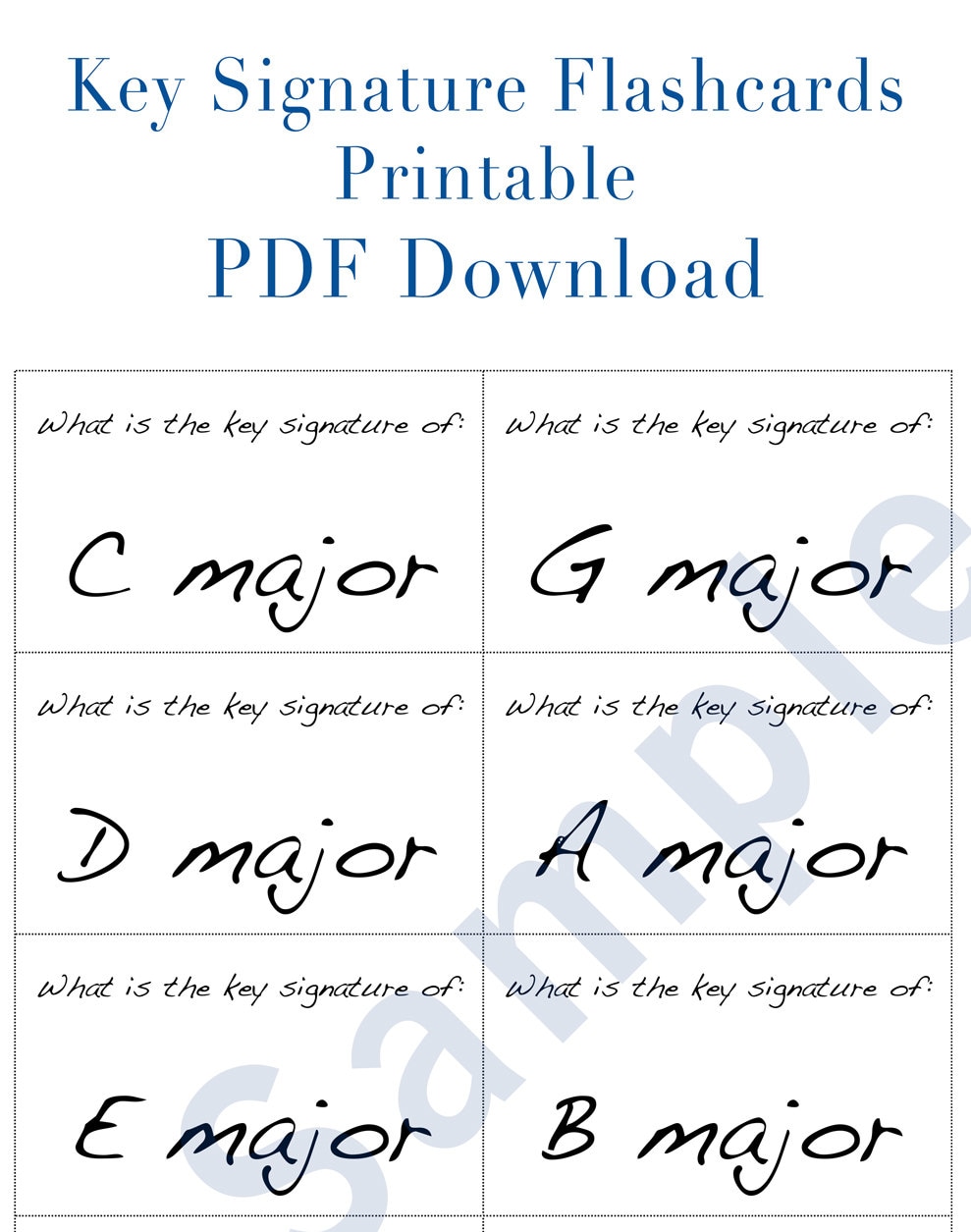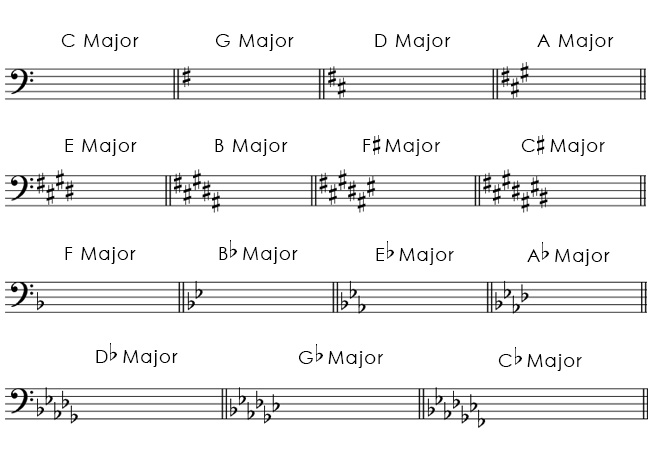

On station one, call up your image and reflect (George Harrison, one sharp in G).On station zero, call up your image and reflect (Prince Charles, no sharps in C).To do this, simply bring your Memory Palace to mind. The beauty of the Memory Palace technique is that you now have created an easy and fun way to mentally review the key signatures.

Once you’ve done this, repeat the process for the bass clef.

Why does Clint Eastwood have a sharp knife on station 7 of this Memory Palace? Because that’s an easy way to remember that this key has 7 sharps. C# Major = Clint Eastwood with a sharp knife (7).Modify them by using the alphabet as your guide as you select your own. Here are suggestions for the entire list. Rather than use a generic giraffe, George Harrison of The Beatles is bound to be much more memorable. If you then imagine that Prince Charles is standing in position 0 in your Memory Palace, it’s a no-brainer to remember that C Major has no sharps or flats. For example, Clint Eastwood and Prince Charles are much more striking ways to help you remember C Major. That’s okay, but I recommend you think of something much more dynamic. You use this kind of association to help you remember the letter by pairing it with the numbered location.

The problem with the Vaughn approach is that he suggests generic associations like “cat” for C. Using the pegword method, we’ll next associate each key with a striking image. Step Two: Assign Some Simple Associations To get started, pick a room that you’re familiar with and then mentally mark it out like this: On the other end, you’ll use the same system to help you remember that C# Major has seven sharps. We’ll number these 0-7 to reflect that C Major has no sharps or flats. Since there are 8 key signatures for the treble clef and one of them contains no sharps or flats, we need 8 locations in our Memory Palace. And it will help you remember names, foreign language vocabulary, numbers and just about anything you can imagine. You can use it to help you remember many more things about music. Using it will take a bit of setup, but it will be worth it. In this case, the approach is inspired by Dean Vaughn and his Vaughn Cube for music theory. To rapidly commit this information to memory, a Memory Palace is your best bet. Step One: Create Number-Based Locations In a Memory PalaceĮssentially, knowing your key signatures helps you know how many sharps or flats will be accidentals in a piece of music. Now, with all this in mind, how are we going to remember what all those strange marks in the key signature area mean? It will only be different if the song changes keys at some point. Yes, often lead sheets will only show the key signature once, especially when it’s a simple song. This is true on both music written for the treble clef and the bass clef. Notice that the key signature appears on every staff of the piece. Where will you find the key signature on a sheet of music? Immediately after the clef sign. The topic is interesting and nuanced, so it’s worth learning more about accidentals when you have a moment. In case that term is new to you, “accidentals” means sharp, flat and neutral notes that might be sounded in a piece. In other words, the key signature alerts the musician of which accidentals are in play. Musicians need to read scores and parts quickly, so the accidentals in the key of a song or composition are placed at the beginning of the piece. Why does musical notation even use key signatures?
#Key signatures how to
Let’s get started! How to Remember Key Signatures Fast in 4 Steps It’s a ton of information to master and it’s not entirely clear where to start.īut once you have the mnemonic devices you’ll learn on this page, you’ll know how to identify key signatures at a glance. Is memorizing key signatures frustrating you?


 0 kommentar(er)
0 kommentar(er)
